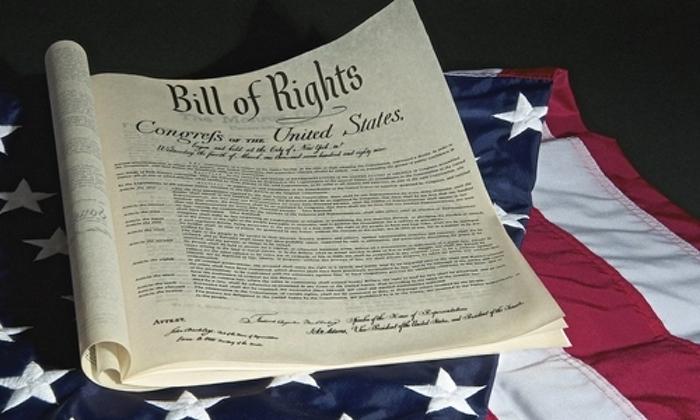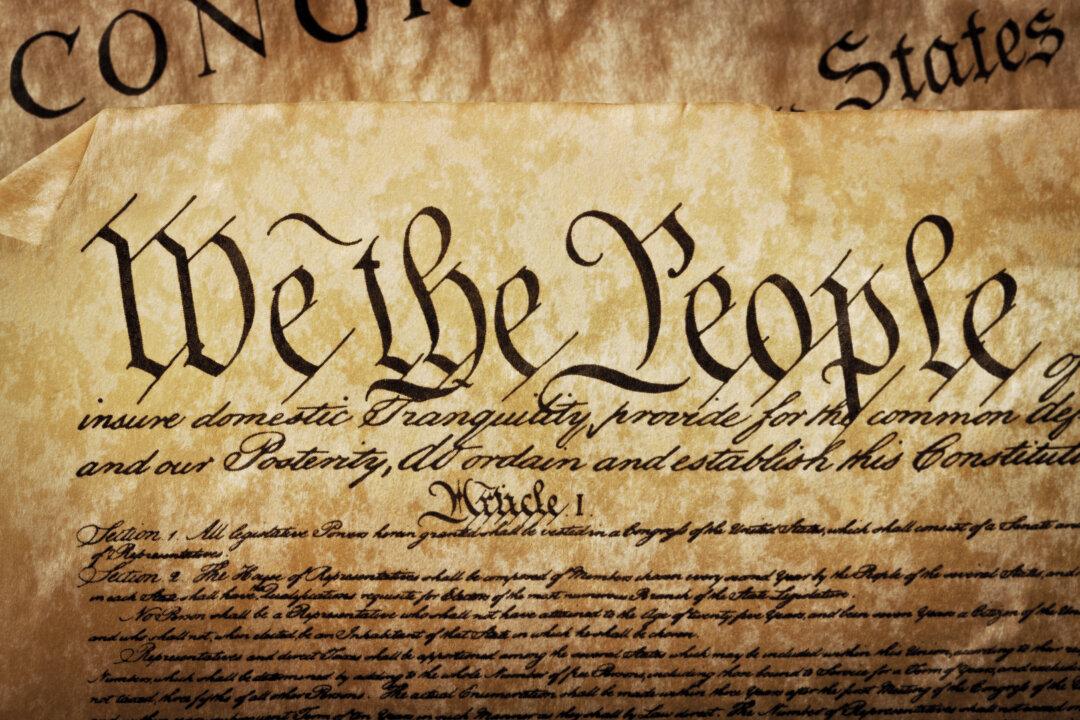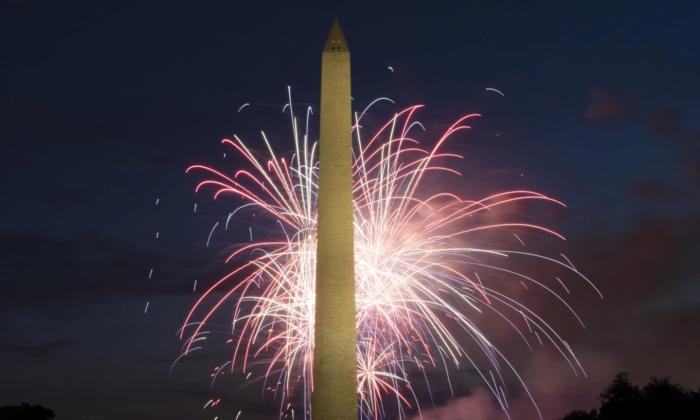December 15th marks Bill of Rights Day, which commemorates the 232nd anniversary when the first ten amendments to the U.S. Constitution were ratified. December 15th should be a day all Americans reflect on the unique blessings the Bill of Rights safeguards—the freedom of speech, the right to bear arms, and being protected from undue searches and seizures, to name just a few.
But Bill of Rights Day also offers us the opportunity to reflect upon another unique aspect of our republic: the Preamble to the United States Constitution.
Why amend the Preamble? It turns out that members of Congress from New York, Virginia, and North Carolina felt that “We the People” on its own was inadequate. According to these congressmen, some further explanation of the source of “rightful” government was in order, more explicitly connecting the Preamble back to the words of the Declaration of Independence to make clear that the people are the source of all legitimate governments.
In this proposed amendment, new text was to be incorporated into the body of the Constitution. Madison favored this approach, while Roger Sherman of Connecticut—the only Founding Father to have signed the Articles of Association, the Declaration of Independence, the Articles of Confederation, and the Constitution—opposed it.
Madison, always the moderate, favored the approach mainly for the sake of compromise and harmony. Sherman, meanwhile, felt that the Preamble was sufficient as is. In fact, its worth had been demonstrated by the practical results of the Constitution’s adoption. Now, Madison and others were asking for new language that would “give [the people] a right to do what they did” and “to let them know that they had a right to exercise a natural and inherent privilege.” After all, the Constitution had been ordained and established on the basis of popular consent. Moreover, the Constitution already contained the language justifying the consent of the people to govern themselves. It was right there at the beginning—three words, full of meaning, and perfectly succinct. “The words ‘We the People,’ in the original Constitution, are as copious and expressive as possible; any addition will only drag out the sentence without illuminating it,” said Sherman.
Sherman was not the only Founder who perceived the Preamble’s depth and meaning. As early as the Pennsylvania Ratifying Convention in 1787, James Wilson asserted the Preamble as the basis for his opposition to a Bill of Rights. If rights belonged to the people and the people were sovereign, clearly declaring themselves to be the source of the Constitution in its opening words, there was no need to enumerate a list of rights in the Constitution.
Wilson lost the argument, but he was correct to note the sufficiency of “We the People” as the Constitution’s philosophical foundation. And Sherman’s point about the sufficiency of the Preamble’s wording seems to have stood the test of time. Indeed, it is hard to imagine an economy of words fuller with meaning than the combination found in the Preamble.
So as we celebrate the ratification of the Bill of Rights this December 15th, let us remember that these ten great amendments only serve as an additional layer of protection. The Preamble itself, and the entire structure of our Constitution, already protects these rights. They are rights inherent in us as citizens. We have enumerated them only as an extra guard against tyranny—against a power which would seek to destroy the “We the People” of which our Preamble speaks.







